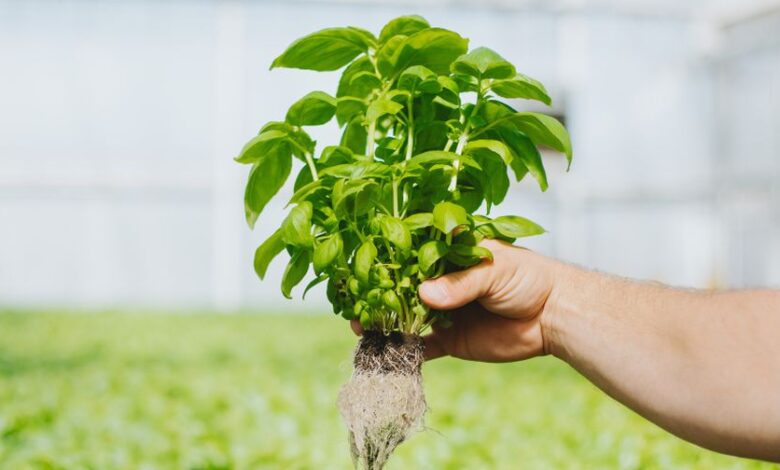
How Hydroponic Substrates Transform Plant Cultivation – 2024 Guide
Did you know that you can grow vegetables, fruits, beans, and grains without fertile soil? There are substitutes for growing food that allows for quick and easy farming without wasting too much water. We are talking about hydroponic substrates and in today’s article, we will talk about this topic and how this method managed to transform the cultivation of plants.
What are hydroponic substrates?

Many territories do not provide conditions for the cultivation of horticultural crops. For any plant to survive, it needs fertile soil and moisture. However, scientists have discovered that certain types of plants can grow without natural conditions, you can create an environment in which they will grow. The hydroponic system is the basis of the growth of agriculture that relies on water as its sole source of nutrients for plant growth.
This technique utilizes specialized planting media that is suspended in water. To create successful gardens using this method, you need to select the right type of substrate. The essential material you need to grow any plant in this system is called a hydroponic substrate and there are several types of farming substrates you can choose from when setting up your small garden.
Types of substrates
Perlite
Are you looking for a way to increase yields in your hydroponic garden? If so, perlite may be a good option for you. Perlite is a lightweight volcanic rock that is popular among growers because of its water retention and nutrient-carrying capacity. When used as a substrate in hydroponic gardens, perlite can help to improve overall plant health and yield. Make sure to select a perlite product that is free from contaminants and contains the correct proportions of minerals for plants.
Vermiculite

This technique has been used in agriculture for years, because it is lightweight and retains water well, making it an excellent choice for systems where water scarcity is a concern. A positive feature about this type is that it is extremely easy to set up, and is great for beginner gardeners as there is no chance of making a mistake.
Clay pebbles

Clay pebbles are a great way to get started with hydroponics because they provide a lot of benefits for both the plant and the grower. There are several reasons why you should choose this particular hydroponic: they protect plants from pests, they allow you to grow a healthy garden, they are easily available, they are affordable, and they give plants all the nutritional values they need for growth.
There are many other types worth mentioning such as coir, biopolymers, sand, mineral wool, peat moss, and so on. All these techniques manage to transform the cultivation of plants and give each of us the chance to grow crops at home. What is characteristic of this system is that it provides increased productivity, we get an increased amount of plants while saving water, nutrients, and pesticides.
A large part of gardening is selecting the right hydroponic substrate. The right substrate ensures your plants receive the correct amount of water, air, and nutrients needed to thrive. Poor substrates can cause diseases in your plants, while a good one can make your garden more efficient and productive. Choosing the correct hydroponic substrate is essential for achieving great results in your garden.




